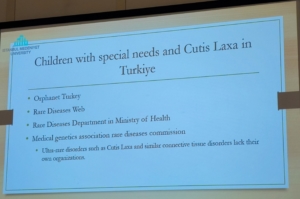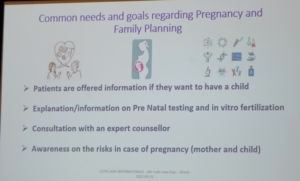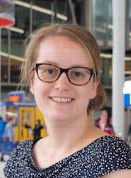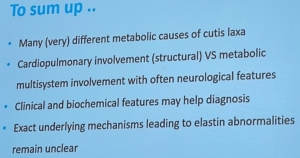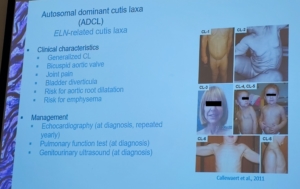Dr. Karolien Aelbrecht (Ghent, Belgium) : Patient participation : a cornerstone !
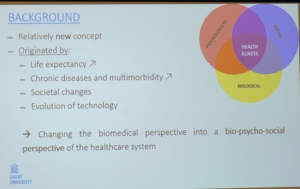
Although the concept of patient participation still lacks of a clear definition, there is a well-supported consensus that it is the cornerstone of the bio-psycho-social perspective of our healthcare system and thus of a patient-centered approach in healthcare.
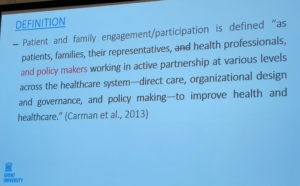

In this presentation, we will give an overview of what patient participation entails, what the importance is,


but also its challenges,


and how our multidisciplinary team implements the concept of patient participation in practice and research.





